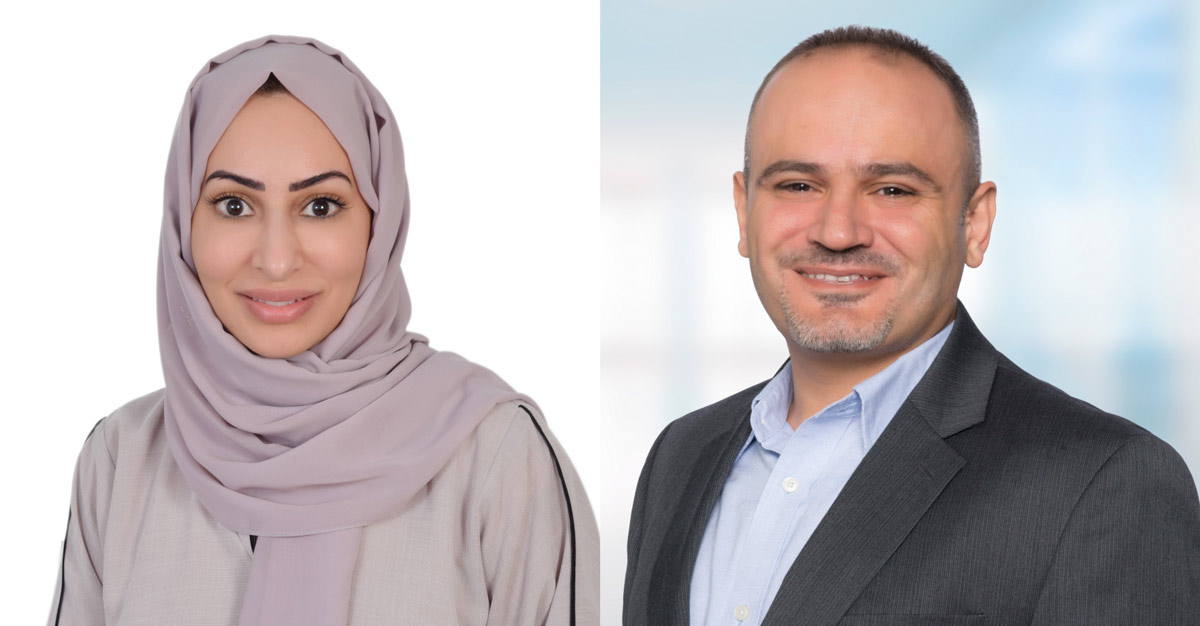Diabetes: Managing care by leveraging AI
By Dr. Maryam Sayed Jaffar AlSharaf, Director, Data and Statistics - Emirates Health Services & Dr. Bashar Balish, General Manager & Senior Director – Middle East & Africa, Cerner

Over the past few decades, the burden of chronic diseases has significantly increased all over the world, contributing a substantial cost to the healthcare systems. These diseases are responsible for a major proportion of the top ten causes of death globally, especially in middle-to-high income countries.
Chronic disease management requires a very comprehensive approach with sustained efforts to cover all segments across the spectrum of these complex diseases. While efforts are required to manage the chronic conditions, many resources are also required to prevent disease complications.
To create relevant and effective disease management strategies, the role of data is more paramount than ever before . Data is increasingly being utilized to curate healthcare programs and it continues to be a source of program evaluation and enhancements in the healthcare industry. Of the many ways employed to utilize data for insights creation, visualizations have proven to be a very effective tool for creating system insights for leaders and decision-makers. Diabetes is one of the leading chronic diseases in today’s world. With an expectation of the global burden of disease to increase manifold in the years to come, healthcare leaders are looking into insightful, evidence-based approaches to address this issue.
Approach towards designing the data-driven Diabetes Management
With a mission of providing innovative and high-quality care to its patients, Emirates Health Services (EHS) has a patient-centric focus. There is a high emphasis on improving healthcare quality that is aligned with the international sustainable development goals. With the increasing burden of chronic diseases and categorical increase in diabetes cases in the past few decades, EHS leadership required insights into their population statistics for the condition. These insights would be utilized as the evidence base for planning and management of diabetes care programs for the population.
To meet these expectations, we designed a data-driven solution utilizing Cerner EHR (called Wareed) data. This is a dashboard that gives EHS leaders a view of the distribution and well-being of their diabetic population across their entire network.
The program was launched on World Diabetes Day, November 14 2021, and consists of a series of visualizations that are based on several customized reports catering to different requirements of diabetes care and management. The data analyzed spans from patient demographic details to clinical outcomes. The team worked on creating multiple reports that could accommodate massive amounts of data over a span of six years, representing the diabetic cohort enrolled with EHS.
There are actionable insights into the service utilization frequencies and trends through visits analysis, which gives leaders an understanding of their resource consumption and requirements.
Besides showcasing trends of service utilization, advanced analytics techniques were used to predict future visits that would support leaders in foreseeing the expected service utilization in the future. This can serve as an effective tool for future program planning and management by program leaders.
There are visualizations that project the burden of disease and trends over a period of time. These trends can be mapped against geographical location, age category and gender of patients. Moreover, the program includes clinically-rich analytics displayed over layers that cover patient comorbidity conditions and their risk factors for disease complications. The diabetes care coordinators utilize this program to view continuity of care for their patients’ cohort, which also reflects upon compliance to recommended care practices by EHS clinicians.
Bringing Artificial Intelligence into action
The platform includes a unique patient traceability feature that can be utilized by care coordinators to identify their vulnerable populations. This function is supported by the analytics feasibility to identify the coexistence of different clinical conditions at a patient level. This information can be tied back to the patient management process and used to reach out to high-risk patients through the information displayed. Clinically, it is significant for the care team to identify their patients who require a tailored approach to disease control. This rich data set can be utilized to create advanced analytics models utilizing artificial intelligence. These models can help identify high-risk characteristics from the EHS population that predispose them to a risk of poor disease control. To further elaborate on the significance of such capabilities, it can also be utilized to identify the financial impact of such preventive interventions by avoiding high resource consumption visits and events.
Supported by the huge volume of data available and utilizing the machine learning capabilities, a new AI model was built that utilizes historical data to identify features of patients at risk of poor disease control. The model predicts individuals who are at risk of deterioration in the future and patient traceability features helps to bring them back into the health system. This clinical decision support gives information to clinicians about the diabetics that need close monitoring and enhanced care NOW to reduce disease burden.
By meaningful use of machine learning and advanced analytics techniques, this program provides insights that can be utilized to plan resources, identify clinical practice compliance, find out the burden and distribution of diabetes, highlighting the high-risk patients and provides the facilitation to reach out to such patients for prompt action and improved patient management. It displays a wealth of information that would support decision-makers in identifying high achievements as well as areas of refined focus for future action by using epidemiological as well as clinical evidence.














